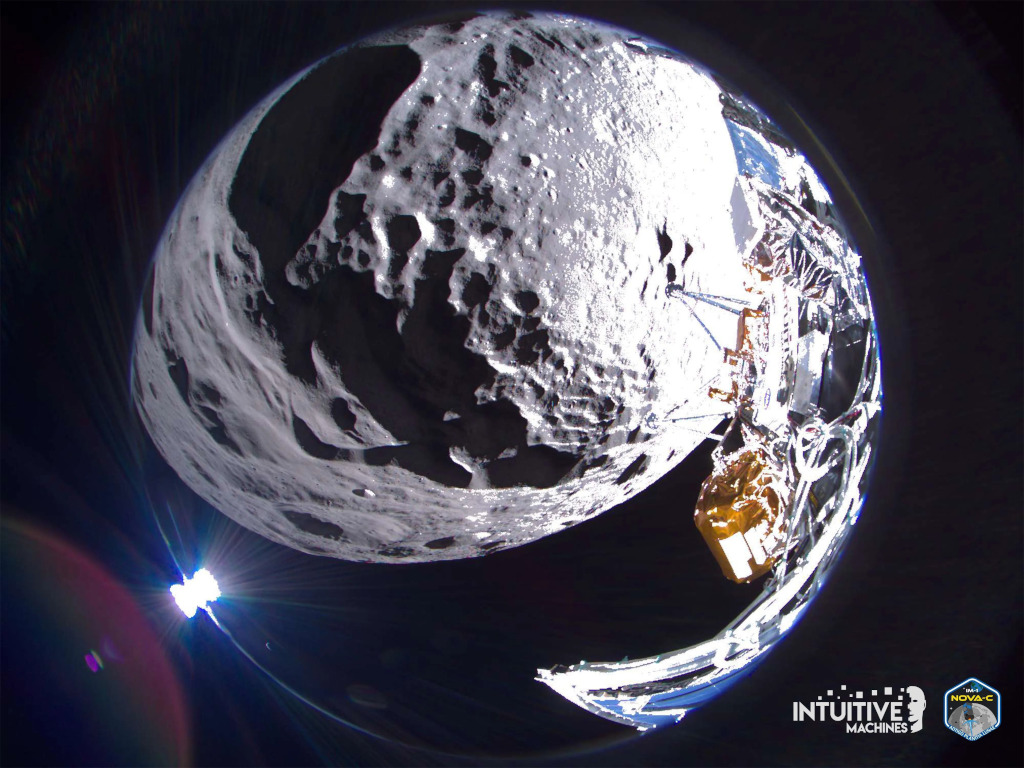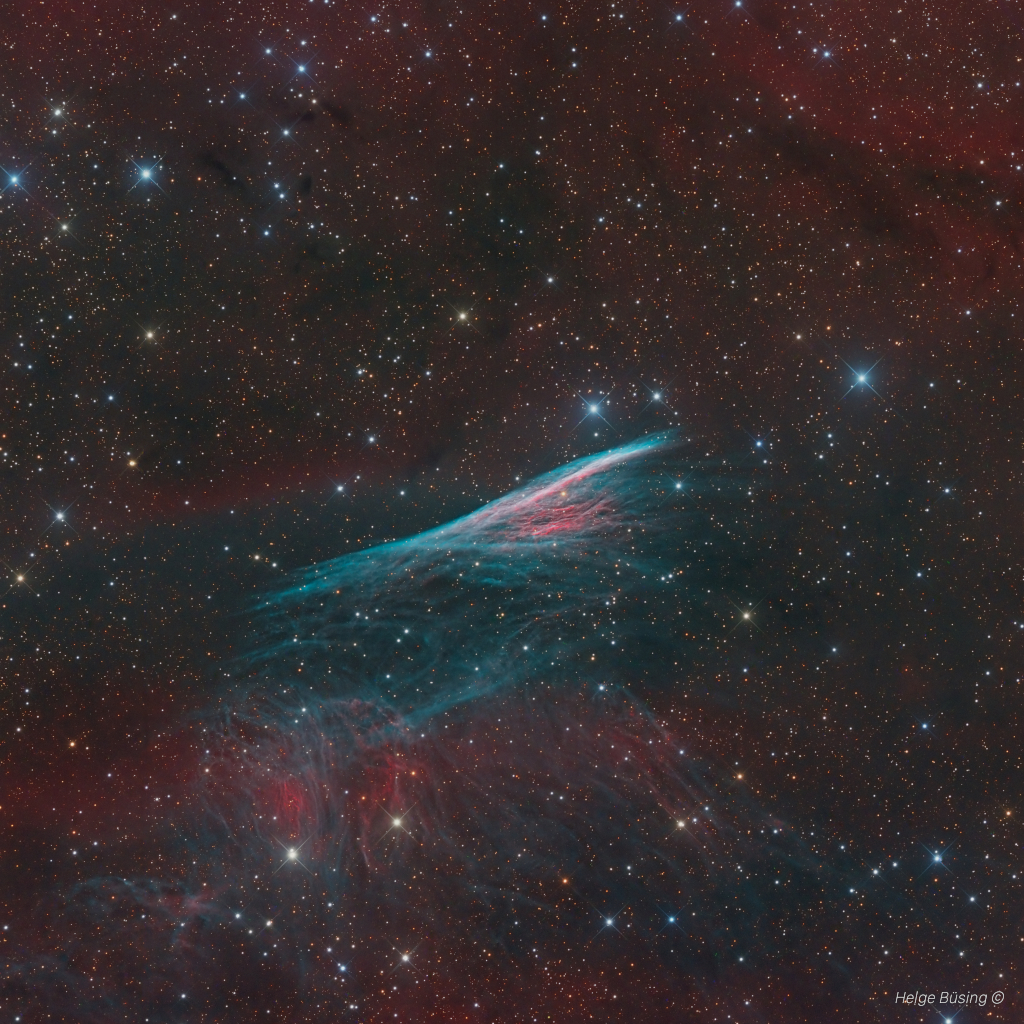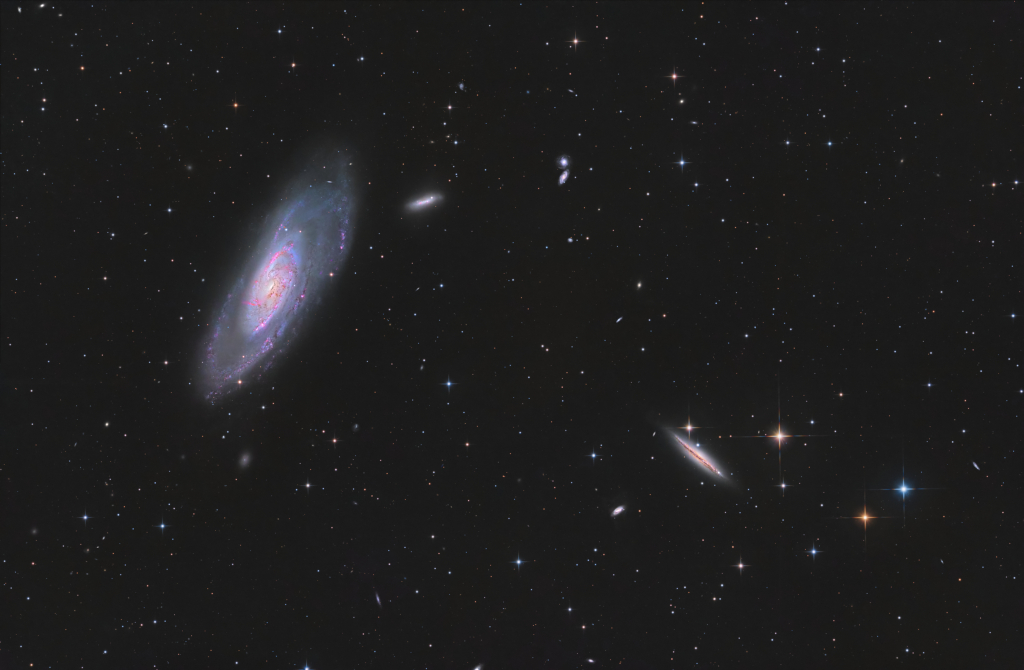안녕하세요, 잡학다식 입니다. 오늘은 과연 나사에서 어떤 방식으로 우주의 형상을 표현해 줄까요?
우선 이미지부터 볼 수 있도록 하겠습니다

해당 사진의 이름은 Odysseus to the Moon 인데요 우선 NASA에서 공식적으로 발표한 설명들을 확인해 보겠습니다
Intuitive Machines' robotic lander Odysseus has accomplished the first U.S. landing on the Moon since the Apollo 17 mission in 1972. Launched on a SpaceX rocket on February 15, the phone booth sized lander reached lunar orbit on the 21st and touched down on the lunar surface at 6:23 pm ET on February 22nd. Its landing region is about 300 kilometers north of the Moon's south pole, near a crater designated Malapert A. Resting on its side, the lander is presently collecting solar power and transmitting data back to the Intuitive Machines' mission control center in Houston. The mission marks the first commercial uncrewed landing on the Moon. Prior to landing, Odysseus’ camera captured this extreme wide angle image (landing legs visible at right) as it flew over Schomberger crater some 200 kilometers from its landing site. Odysseus was still about 10 kilometers above the lunar surface.
이번에도 광활한 우주 앞에 인간이 얼마나 작은 존재인지 다시 한번 알게 되는것 같습니다
저는 내일도 더 좋은 사진과 함께 돌아오겠습니다, 그럼 행목한 하루 되시길 바랍니다
'과학상식' 카테고리의 다른 글
| NASA 나사의 오늘의 이미지들 (2024-02-26) (0) | 2024.02.27 |
|---|---|
| NASA 나사의 오늘의 이미지들 (2024-02-25) (0) | 2024.02.26 |
| NASA 나사의 오늘의 이미지들 (2024-02-23) (0) | 2024.02.24 |
| NASA 나사의 오늘의 이미지들 (2024-02-22) (0) | 2024.02.23 |
| NASA 나사의 오늘의 이미지들 (2024-02-21) (0) | 2024.02.22 |

